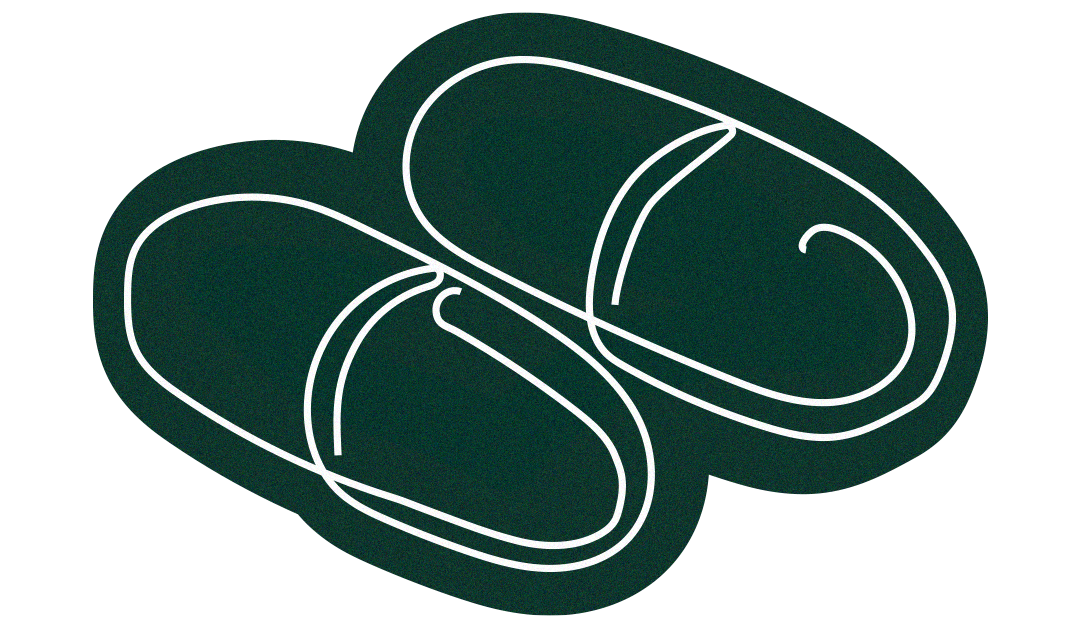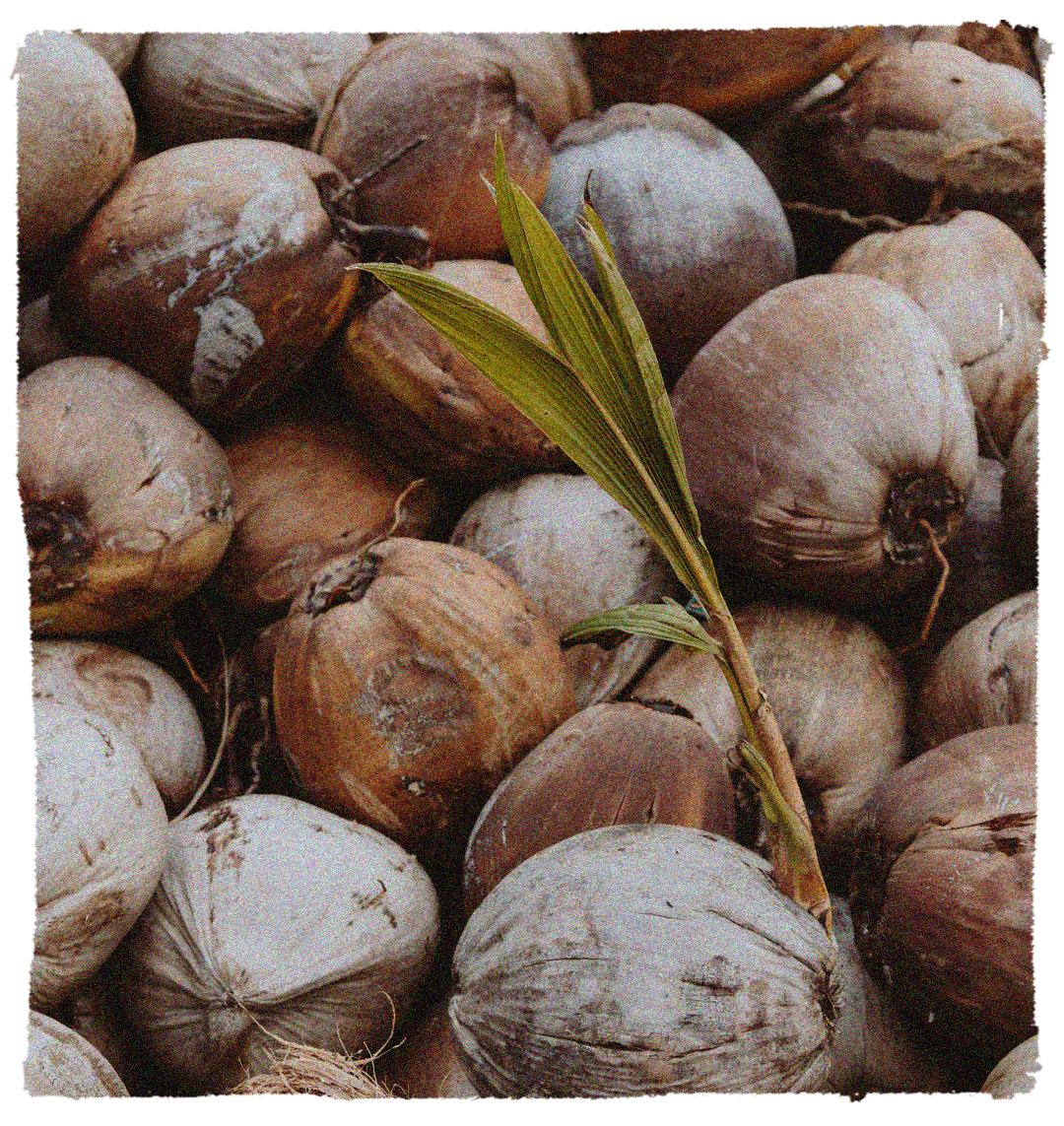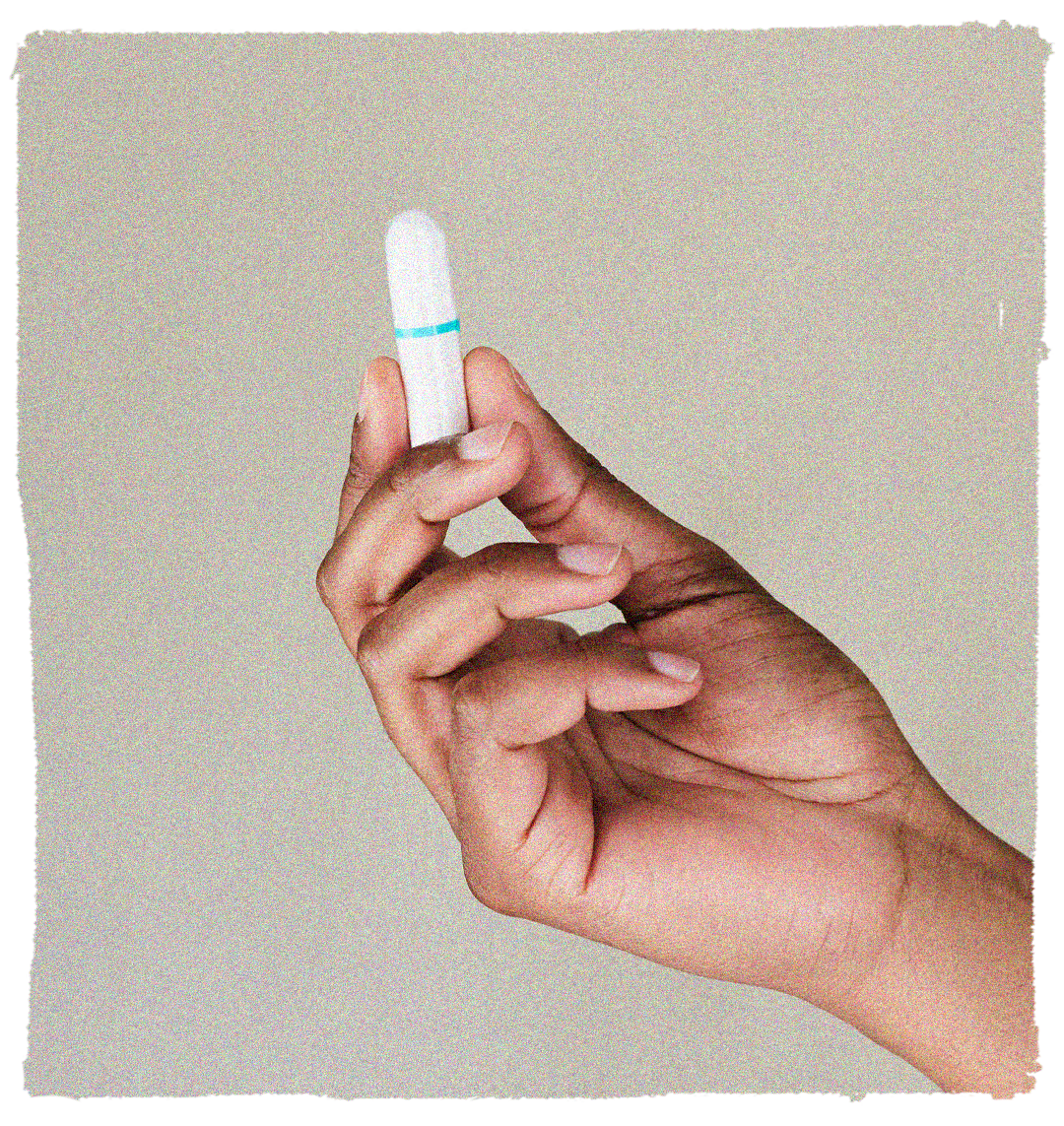The run-up to your period is often an unpleasant time. Premenstrual syndrome (PMS) affects most women in some way, whether it's mood swings, cramps, or headaches (among many other symptoms). So, we definitely don’t want to add thrush into the mix.
Unfortunately, the change in hormones that come along with your period means that a yeast infection is more likely to occur at this time. Let’s talk about why thrush is more common before your period and how it can be treated.
What is thrush?
Thrush is an infection caused by a particular fungus called Candida that thrives in warm and damp places, making the vagina its ideal environment. A small amount of Candida is present in the vagina naturally, but when it is able to multiply, thrush occurs.

What causes a vaginal yeast infection before your period?
Ideally, your vagina will have a balance of bacteria and yeast to keep it healthy and functioning as it should. But the hormonal changes that trigger menstruation may also trigger an imbalance in your natural yeast and bacteria.
If you tend to get thrush around or before your period, you’re definitely not alone. In fact, 39% of women have at least one yeast infection at some point in a year. Some types of contraception, including the pill, patch, or vaginal ring, can also make you more likely to contract thrush.
It’s worth noting though, that it’s not just hormones that can cause thrush. Other triggers include a weakened immune system, diabetes, and the use of antibiotics. If you are on any new medications and think you have thrush, you should contact your GP.

What are the symptoms of thrush?
Some of the common signs and symptoms that you have a yeast infection include:
-
Itchiness and irritation in the vagina and vulva -
Thick and white vaginal discharge -
Pain and soreness of the vagina -
Burning or stinging during urination -
Redness or swelling of the vulva
Some of the symptoms of thrush are also symptoms of Bacterial Vaginosis (BV); so make sure you have a read into the differences.

How is thrush treated?
In the majority of cases, an over-the-counter cream, tablet or suppository medication is effective to treat mild yeast infections. However, in more extreme or recurrent cases, your doctor may prescribe:
-
A one-time dose of an antifungal medication that stops Candida fungus from multiplying -
A short course of antifungal medication inserted into the vagina for three to seven days -
A longer course of antifungal medication that is inserted into the vagina daily for up to two weeks.

Can you treat a vaginal yeast infection at home?
When used in combination with an over-the-counter or doctor's treatment, there are some home remedies that may help to speed up your recovery or relieve symptoms:
**- Plain Greek yoghurt ** Some research suggests that natural probiotics, like yoghurt, are effective at preventing Candida fungus growth in the vagina. Try to eat one serving of unflavoured Greek yoghurt a day for the benefits. Alternatively, there’s loose evidence to suggest that putting yoghurt on your vulva or inside your vagina can help relieve or treat thrush. You can insert with a finger or with an applicator. If you do chose to try yoghurt in your vagina, it’s worth wearing a reusable pad that you can change as needed throughout the day.
**- Probiotic supplements ** Taking oral probiotics may help restore the balance of yeast and bacteria in your body. For the best results, try probiotics that contain strains of lactobacillus or acidophilus bacteria.
**- Coconut and tea tree oil ** Coconut and tea tree oil are known to kill and reduce levels of fungi in the vagina. Try applying a small amount of pure, organic coconut oil to the affected area. Pure tea tree oil is strong and can irritate your vagina, we suggest combining it with coconut oil for the best results.

How to prevent thrush
Sometimes a hormonal imbalance means that thrush can’t be prevented, but there are some ways you can lessen your chances of developing it.
-
[Change your tampons or pads](https://wearedame.co/blogs/the-pioneer/how-long-can-you-keep-a-tampon-in) often. It’s important that your tampon is changed every 4-8 hours at the most. -
Use [organic and toxin-free products](https://wearedame.co/collections/all-products) to ensure you’re not putting any unnecessary stress on your vagina with irritants. -
Avoid very tight-fitting clothing such as leggings or skinny jeans which can increase the amount of body heat and moisture around your genitals. -
Take your swimsuit off and change your tampon immediately [after swimming](https://wearedame.co/blogs/the-pioneer/can-you-go-swimming-on-your-period).
The bottom line
Although there are home remedies and steps you can take to reduce your risk of contracting thrush, hormonal changes mean it’s still a common issue for many women before their periods.
Yeast infections are typically easy to treat with over-the-counter medicines and are not usually serious. If your symptoms don’t get better or you’re in serious pain that interferes with your daily life, you should follow up with your doctor.




